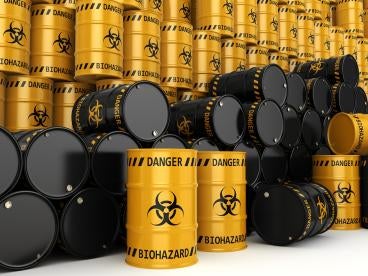On May 16, 2018, the National Industrial Chemicals Notification and Assessment Scheme (NICNAS) announced the availability of six case studies intended to help stakeholders understand how the categorization process for new industrial chemicals will work under the new Australian Industrial Chemicals Introduction Scheme (AICIS). The case studies cover typical scenarios for introducing cosmetic and non-cosmetic new chemicals, and show how introducers would categorize chemicals as exempted or reported under the new scheme. The case studies include checklists of the information needed for categorization; a summary and walk through of the steps to categorize the chemical introduction; and an explanation of what happens next and a brief comparison for the same introduction under the current legislation. NICNAS provides the following case studies:
- Low concentration (non cosmetic);
- High volume lower hazard (non cosmetic);
- High molecular weight polymer (non cosmetic);
- Very low volume, no hazard information available (cosmetic);
- Low concentration (cosmetic); and
- High volume surfactant (cosmetic).
The first checklist, essential information requirements, includes whether the chemical is considered to be at the nanoscale and meets certain criteria. In each of the six case studies, the answer is no. The first step to categorizing the chemical is whether the introduction is a type that cannot be “exempted” or “reported.” This includes the introduction of certain industrial chemicals at the nanoscale, and the introduction of such would likely be an assessed introduction. Step three is whether the introduction is a type that is automatically “reported,” and this includes the introduction of an industrial chemical at the nanoscale that is solely for use in research and development. The fourth case study, very low volume, no hazard information available (cosmetic), notes that under the current legislation, introduction of the chemical under the same circumstances would require a cosmetic ≤ 10 kilograms per year no unreasonable risk exemption that would include determining whether the chemical is a type of chemical that NICNAS advises is unsuitable for exemption such as a nanomaterial. As reported in our March 26, 2018, blog item, NICNAS has begun a public consultation on several draft documents that, together with the Industrial Chemicals Bill 2017, will form the new AICIS. NICNAS has extended the May 4, 2018, comment deadline to May 31, 2018.




 i
i


